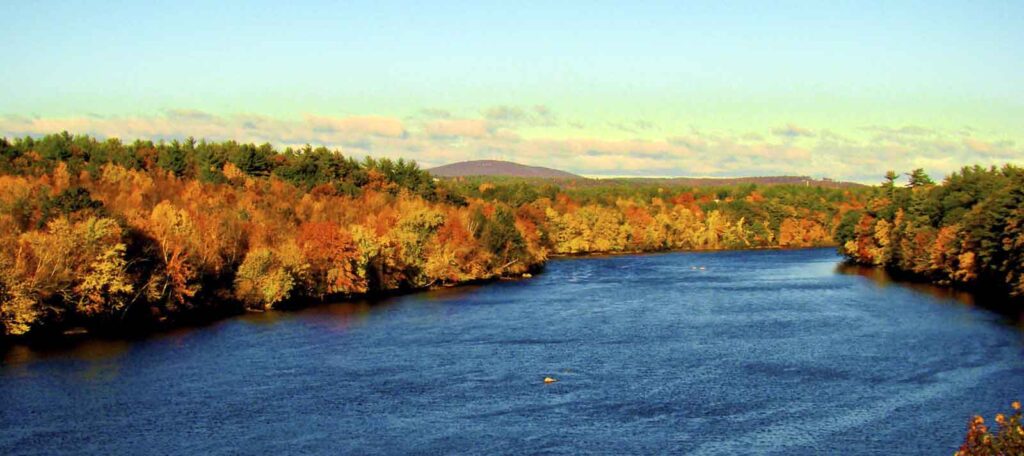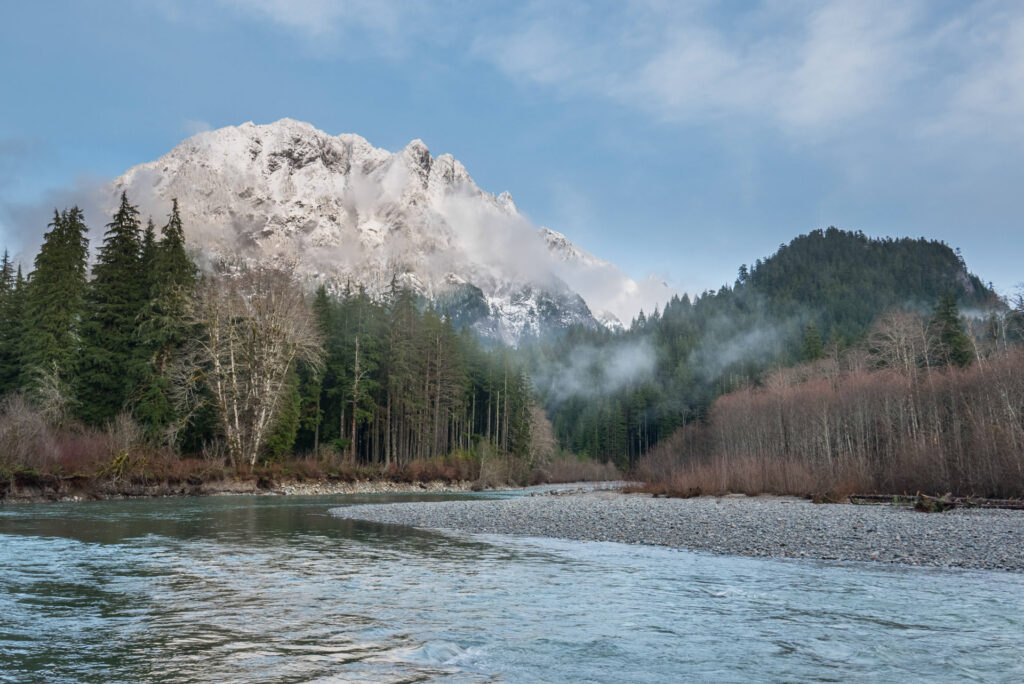New Challenges in Green Stormwater Infrastructure – How to Avoid Gentrification?
How does a city redevelop in a way that's sustainable and green without causing the displacement of its poorest residents?

Rarely do you hear someone say, “I love my neighborhood, the people are great, it’s got nice amenities — I just wish it was less…green.”
Public green space is a big draw for any neighborhood, especially in urban areas. Not only do parks, greenways, and other natural areas give locals a nice place to hang out, these swaths of unpaved, vegetated land carry added benefits: they provide shade to combat the heat island effect in the city, and protect waterways by absorbing rainwater, rather than letting it shoot off parking lots and roofs into storm drains, carrying with it whatever trash and pollutants it picked up along the way. Rather than building more storm water pipes, some cities have begun building green stormwater infrastructure (GSI), which catches the rain with plants instead of pipes. After all, neighborhood green space makes people happier, the city cooler, and water bodies cleaner — we should be building them wherever we can, right?
Well, the answer to that is surprisingly complicated. Sure, a new park can improve both quality of life for locals and environmental quality, but if you live in a low-income urban community, finding out a lovely park is slated to replace the abandoned industrial complex down the street means that pretty soon, you might be struggling to afford your rent or increased property taxes.
We hear a lot these days about the gentrification of urban low-income and communities of color. These neighborhoods often don’t have much public green space, but that’s generally the least of their worries — they often deal with more dire environmental problems as well, such as pollution from industry, flooding, etc. However, when these problems are fixed — the greenspace moves in, the industry moves out, new and improved infrastructure is built — the neighborhood suddenly becomes appealing to a new, more affluent demographic. This gentrification isn’t intrinsically harmful to individual residents, but what is harmful to communities is the displacement of those residents who can no longer afford the rent or property taxes on their homes.
So, the question becomes, how does a city redevelop in a way that’s sustainable and green without causing the displacement of its poorest residents?
American Rivers is currently working to find a solution to this problem in Atlanta, which, like many cities, is experiencing a period of urban revitalization. Atlanta is leading the Southeast in the implementation of green stormwater infrastructure — the City has pledged to spend $40 million on GSI in southeast Atlanta neighborhoods in an effort to reduce demand on an overtaxed combined stormwater and sanitary sewer that has been known to overflow and even flood homes during rain events. Many thousands of low-income Atlanta residents have been displaced over the years during past periods of urban renewal, but with partners like the Partnership for Southern Equity, ECO-Action, the City of Atlanta’s Department of Watershed Management, and the Turner Field Community Benefits Coalition, American Rivers is searching for ways to help Atlanta implement green infrastructure in a way that’s equitable and just.
Stay tuned for a future post detailing the specifics of the work brewing in Atlanta.




